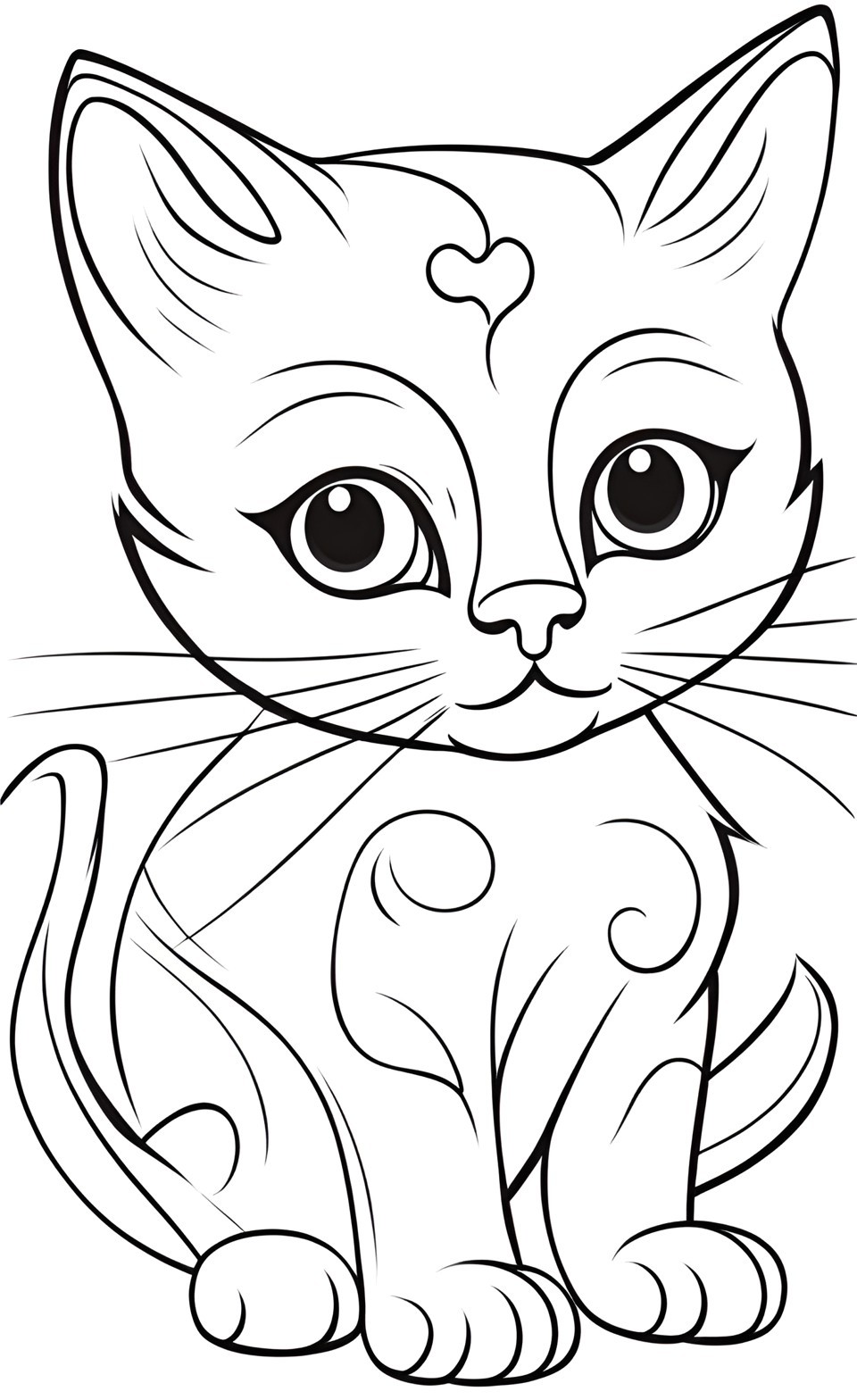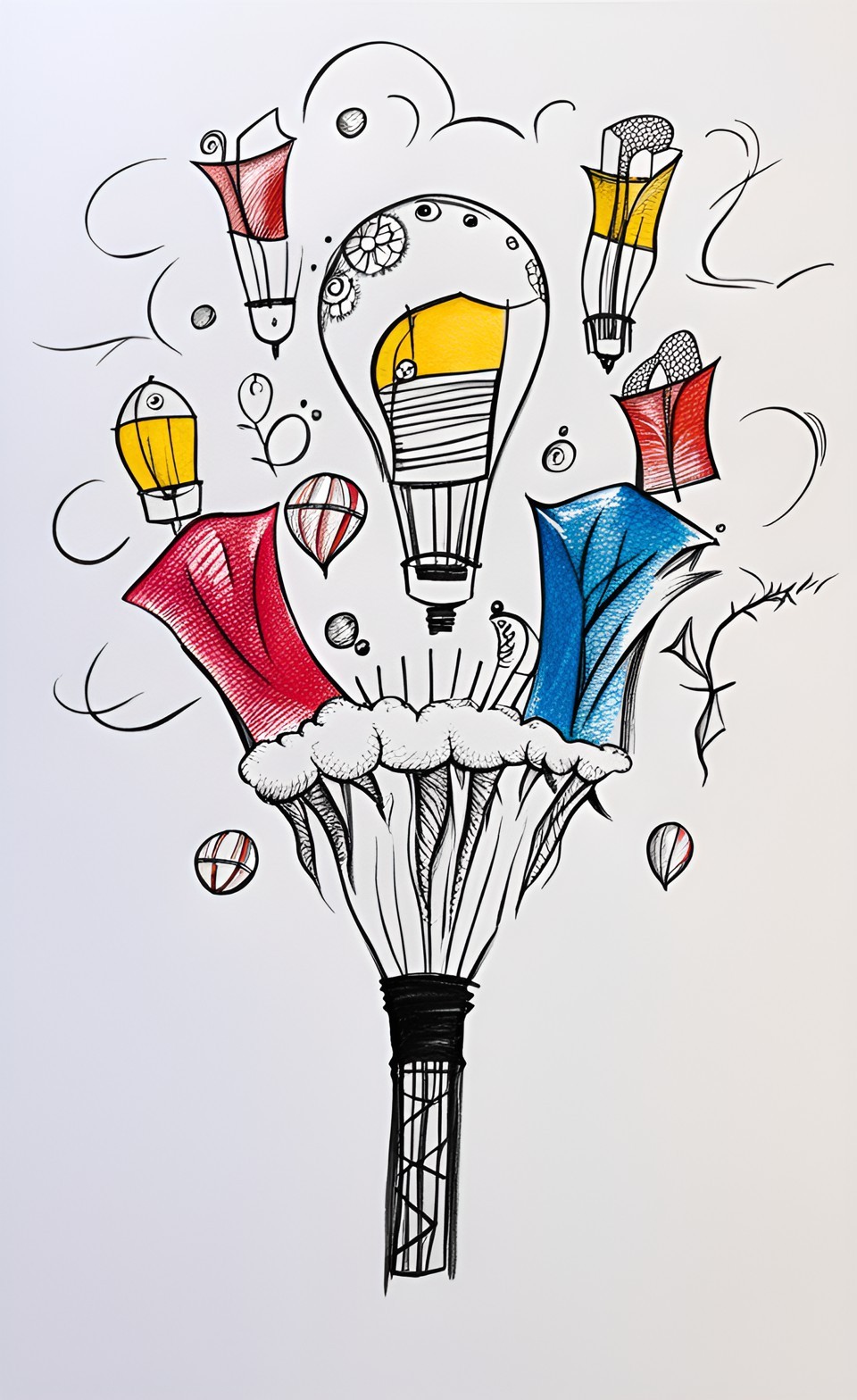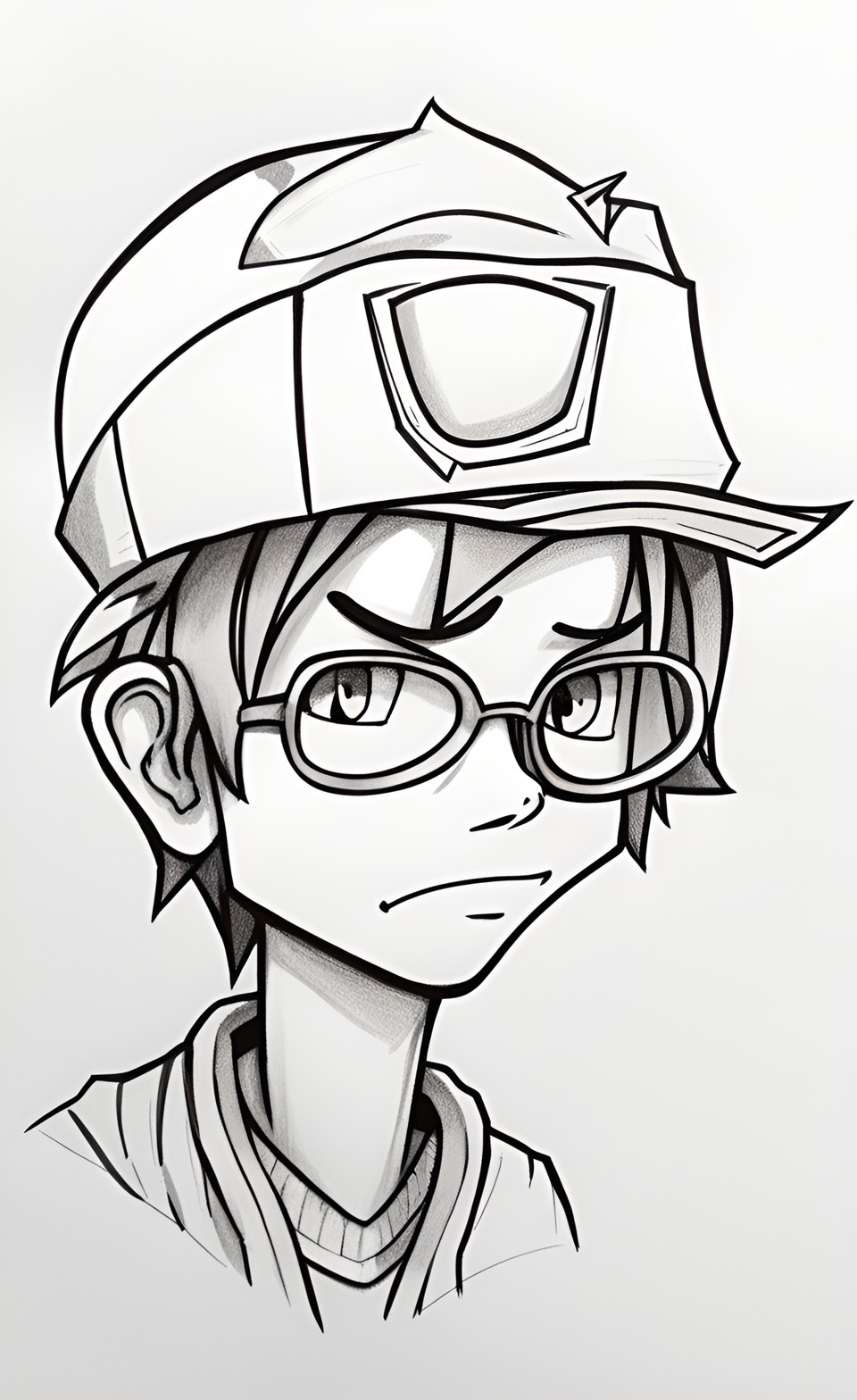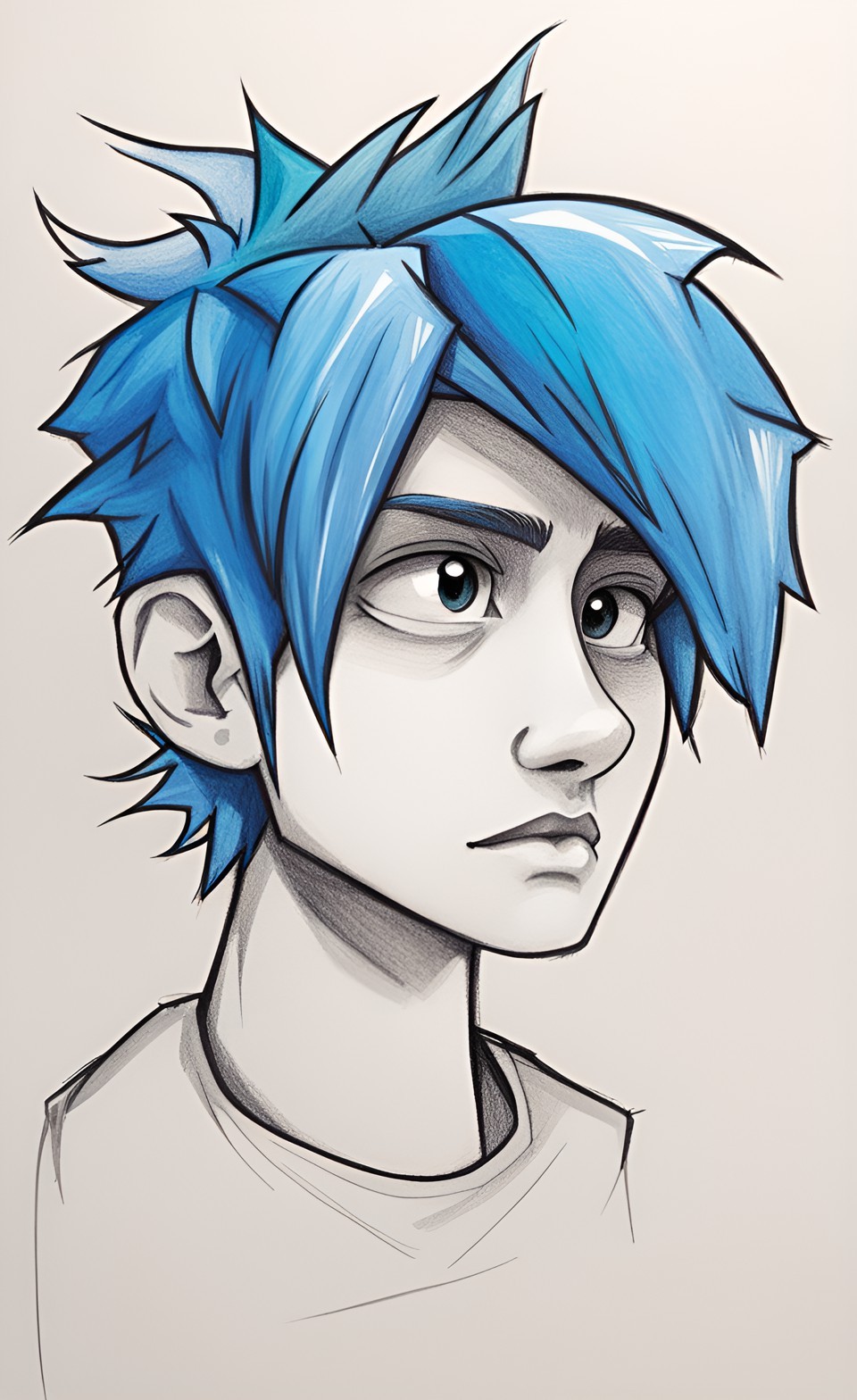Cute Animals Coloring Pages #1

Painting coloring pages is a fun and creative activity that allows you to add your personal touch to pre-drawn designs. Here’s a simple guide on how to paint coloring pages:
Materials you’ll need:
Paints: Watercolors, acrylics, or gouache paints are commonly used for coloring pages.
Paintbrushes: Different brush sizes for various details and coverage areas.
Water and a container for rinsing brushes (for water-based paints).
Palette: To mix and hold your paints.
Paper towels or a rag for blotting and cleaning brushes.
Pencil (optional): If you want to sketch or add your own designs.
Step-by-step process:
Choose your coloring page: Select the coloring page you want to work on. This can be a coloring book page or a printout from the internet. Make sure it’s printed on a suitable type of paper for your chosen paint (e.g., watercolor paper for watercolors).
Prepare your workspace: Lay down newspaper or a protective surface to prevent paint from getting on your table or workspace.
Decide on your color palette: Before you start painting, decide which colors you want to use. You can use the colors as they come from the paint tubes or mix your own custom colors on a palette.
Start with light colors: Begin by applying lighter colors as your base. This helps you layer darker colors on top if needed. Paint one area at a time.
Use the right brushes: Choose the appropriate brush for the detail and coverage area. A small brush is good for fine details, while a larger brush is better for filling in larger sections.
Layering: Allow each layer to dry before adding more paint on top of it. This prevents the colors from blending together too much and maintains the clarity of the design.
Mixing and blending: If you want to create new colors or achieve a gradient effect, you can mix colors on your palette and blend them on the page while they’re still wet.
Add details: After the base coats are dry, add details, shading, and highlights with finer brushes. This is where you can really make the coloring page come to life.
Let it dry: Allow your painting to dry completely. This may take a few hours or more, depending on the type of paint you used.
Protect your artwork: Consider spraying a fixative or using a clear varnish to protect your artwork and prevent smudging.
Display or share: Once your painting is dry and protected, you can display it, share it with others, or even use it for various creative projects.
Remember, painting coloring pages is all about creativity and having fun, so don’t be afraid to experiment and try new techniques. Enjoy the process and let your imagination flow!















